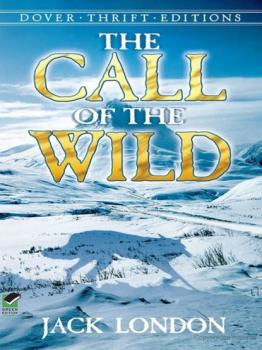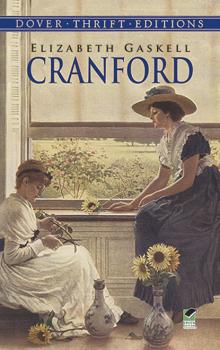ТОП просматриваемых книг сайта:
Зарубежная классика
Различные книги в жанре Зарубежная классика, доступные для чтения и скачиванияАннотация
Информация о книге
Автор произведения Ivan Turgenev
Жанр Зарубежная классика
Серия Dover Thrift Editions
Аннотация
Информация о книге
Автор произведения Thomas Mann
Жанр Зарубежная классика
Серия Dover Thrift Editions
Аннотация
Информация о книге
Автор произведения Генри Джеймс
Жанр Зарубежная классика
Серия Dover Thrift Editions
Аннотация
Аннотация
Информация о книге
Автор произведения Группа авторов
Жанр Зарубежная классика
Серия Dover Thrift Editions
Аннотация
Информация о книге
Автор произведения Fyodor Dostoyevsky
Жанр Зарубежная классика
Серия Dover Thrift Editions
Аннотация
Информация о книге
Автор произведения Charles Dickens
Жанр Зарубежная классика
Серия Dover Thrift Editions
Аннотация
Аннотация
Информация о книге
Автор произведения Jack London
Жанр Зарубежная классика
Серия Dover Thrift Editions
Аннотация
Информация о книге
Автор произведения Элизабет Гаскелл
Жанр Зарубежная классика
Серия Dover Thrift Editions










